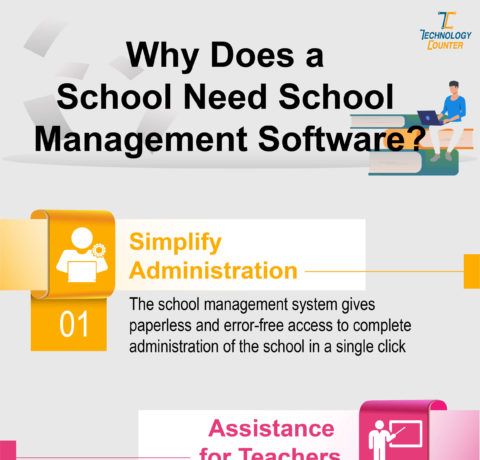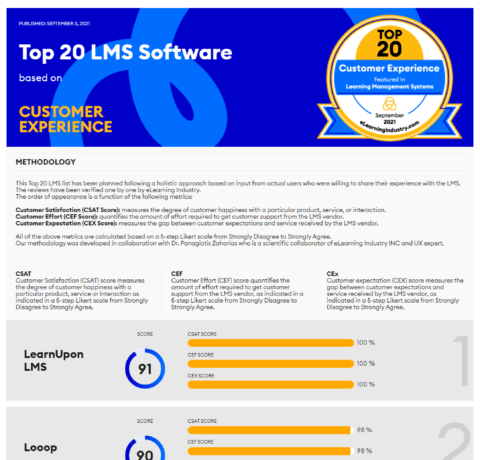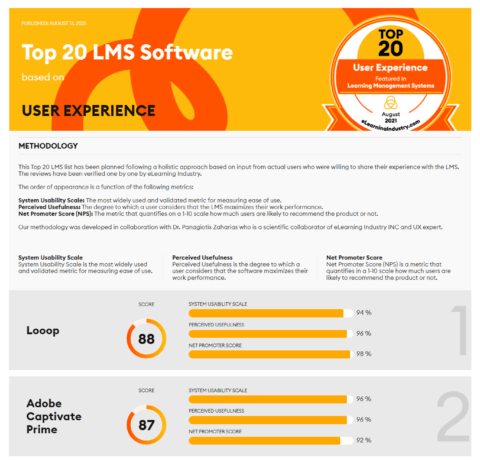The Evolution of Learning Technologies Infographic
Human beings have always been seekers of knowledge. Since the beginning of recorded history (and probably before) we have always strived to discover the mysteries of the planet, of Earth and of ourselves. The Evolution of Learning Technologies Infographic presents how learning has evolved over the course of human history and what might the future hold for us.
Hieroglyphics
Egyptian hieroglyphs combined logographic and alphabetic symbols on papyrus and wood. Discovered as early as 3400 BC, hieroglyphics indicated that there had been an education system as ancient times.
Abacus
Herodotus first wrote about the abacus in 480 BC. The ancient Egyptians also used it as a counting mechanism and for trade. The earliest surviving abacus, the Salamis Tablet, is from around 300 BC and was used by the Greeks.
First computer
You may not have realised it but several analogue computers were constructed in ancient times to perform astronomical calculations. These include the Antikythera mechanism and the astrolabe. These devices contributed to the education of society and to the knowledge base of the Greeks.
Quill pen
Introduced around 700 AD, the quill is a pen made from a bird feather. The strongest quills were those taken from living birds in the spring from the five outer left wing feathers.
The Renaissance
The Renaissance was a cultural movement that spanned the period roughly from the 14th to the 17th century, beginning in Italy in the Late Middle Ages and later spreading to the rest of Europe. Education and new ideas abounded and education spread like wildfire. Emphasis was placed on art, and the classics of Greek and Roman knowledge.
Printing press
German Johannes Gutenberg invented the printing press around 1450. A goldsmith by profession, he developed a printing system by adapting existing technologies and making inventions of his own. His new invention made copying documents much easier and accessible to more people.
Pencil
In 1795 Nicholas Jacques Conte, an officer in Napoleon's army, discovered a method of mixing powdered graphite with clay and forming the mixture into rods that were fired in a kiln. This improved on technology discovered by a Czech manufacturer called Koh-i-Noor Hardtmuth. They were one of the world's largest producers and distributors of pencils, pens, and art supplies.
First correspondence school
In 1873, Anna Eliot Ticknor founded the Society to Encourage Studies at Home, a network of women teaching fellow women through the mail. In 1875 a lending library was established for the members of the Society which eventually served about 10 000 members until 1897. Learning by distance was seen to be a great way to get skills that you wouldn't have otherwise had.
The first calculator
To help educate people about numbers, the first mechanical calculator called the Yazu Arithmometer was patented in Japan in 1903.
First stored-program computer
The Manchester 'Small-Scale Experimental Machine', nicknamed 'Baby', was the world's first stored-program computer. It was built at the Victoria University of Manchester and ran its first program on 21 June 1948. Baby was a whopping-great thing, it took up a whole room!
The Dynabook
The concept of mobile learning as we are familiar with it today originated in 1968 when Alan Kay conceived the KiddiComp (later renamed Dynabook), a portable, lightweight, battery-operated networked computer with a colour graphical display. While the device was never actualised, many concepts and products came as a result of this original idea.
E-textbook
In 1971, Michael Hart scans and publishes the Declaration of Independence on the internet as the first document of what would eventually become Project Gutenberg, the first digital library in the public domain.
Apple II
The Apple II was released in 1977 and featured Visicalc (Apple's proprietary spreadsheet) and educational games such as Oregon Trail. Apple also allowed Bell and Howell (a school equipment supplier) to distribute the Apple II to schools. In 1979 the Apple Education Foundation was established, which granted complete Apple II systems to schools.
Tablet computer
The GRiDPAD was released in 1989 and featured a touch-sensitive LCD with an on-screen keyboard and handwriting recognition technology to facilitate writing with the attached stylus. It also had internet capability and could accommodate speakers for music playback.
Smartphone
Named Simon as it was supposed to be 'simple', the IBM Simon, released in 1994, is regarded as the first smartphone. It had a monochrome touchscreen, was able to make calls, send text messages, send emails, had a calculator, calendar and world clock and fax capabilities. It also had the ability to accommodate a camera, maps, and music playback.
Google began in January 1996 as a research project, spearheaded by Larry Page and Sergey Brin while they were both still students. It was different from other existing programs, as it had a very simple design.
MOOC (Massive Open Online Course)
In 2008, Stephen Downes and George Siemens launched an open online course entitled 'Connectivism and Connective Knowledge' that was presented to 25 tuition fee-paying students in Extended Education at the University of Manitoba. Over two thousand students also took the online class free of charge. This is widely recognised as the first MOOC.
Wearable tech
2013 saw the limited release of Google Glass, the first mass-produced wearable device providing an augmented reality platform and cloud access to the user. The possibilities for educational activities utilising Google Glass are beginning to take shape.
Brain implants
Wearable technology will be replaced by permanent or temporary implants in the ears and eyes that allow direct interface with computers and the internet. Computer implants are capable of augmenting natural senses and enhancing higher brain functions like memory, learning speed and overall intelligence.
3D printers
3D printing may use various processes to make a three-dimensional object. In 3D printing additive processes are used and successive layers of material are laid down under the control of a computer. These objects can be of almost any shape or geometry, and may even include food products!
Robots
Intelligent beings can now instantly acquire knowledge and skills by downloading them directly. Skills such as knowledge of foreign languages and the ability to play musical instruments or perform complex tasks (like operating machinery or performing surgery) are now accessible to anyone. The process of learning is compressed into an instantaneous affair instead of the years-long struggle normal humans experience.
What will the future bring us?
Time and learning does not stand still, it will continue to evolve and change as we develop new relationships with ourselves and our environments. What will the future bring us? Will human beings continue to discover new, innovative knowledge and grow, inventing new technologies and harnessing more of the Earth's natural powers? Only time will tell, but do you care to adventure a guess? What does the future of learning hold for us?







You can adjust your cookie preferences here.